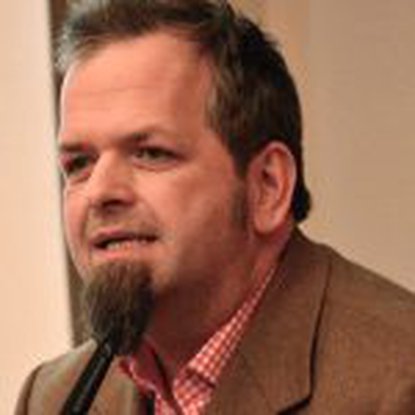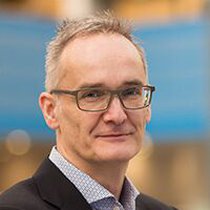Amsterdam as an urban city can be described in terms of its urbanity or even “cityness", an alternative concept coined by Saskia Sassen (2005, 2012) that encompasses innumerable types of urbanity. The strategic research project “BRIdging Data in the built Environment” (BRIDE) is a collaborative effort to better understand Amsterdam’s cityness. By exploring the role of smart public infrastructure in the making and re-making of public spaces, BRIDE literally bridges the disciplines of philosophy (of technology), industrial design and computer science to better define Amsterdam’s cityness.
The BRIDE project proposed a 3D-modeled bridge that is built by robotics manufacturer MX3D and equipped with sensors for citizens to interact with the bridge and beyond. It is the focus of multidisciplinary research team with researchers with a background in philosophy, industrial design and computer science.
The projects focuses on the role of the bridge in its urban context. The “Research through Design” (RoD) methodology allows for participatory data-informed design processes, which mediate the relationship between citizens and “their” bridge. The RoD approach combines design with Internet of Things (IoT) technology for citizens to rapidly manufacture an artifact for an urban space. Thus, intelligence is collected on this intersection between people, place, activity and technology - not from the mere presence of cutting-edge technology.
Goal
The goal of the BRIDE project is to explore the role of smart public infrastructure in the making and re-making of public space. It will determine which frameworks and approaches are needed to understand the transformation of city if seen from a cultural, political and social perspective. The project will also close a fundamental knowledge gap in urban research, design and engineering of smart technologies.
In addition, the project intends contribute to the field of urban humanities and the top sector of “Roadmap Smart Culture of the Creative Industry”. Upon conclusion, the project will represent a theoretically and practically sound example to better understand cityness. It will explain how smart technologies can help to design for cityness and ultimately citizen-led governance, i.e. the feeling of citizen to own the public space.
As a smart infrastructure design, the bridge also has the potential to become so-called “multiplier” (Easterling, 2014), a specific urban artifact that propagates and rewrites the urban landscape.
- Easterling, K. (2014). Extrastatecraft: The Power of Infrastructure Space. London and New York: Verso
- Sassen, S. (2005). Cityness in the Urban Age. Urban Age, Bulletin 2, Autumn 2005. London School of Economics and Politicl Science & the Alfred Herrhausen Society, the International forum of Deutsche Bank. Retrieved from: http://www.intelligentagent.com/ME/Saskia_Sassen_2005-Cityness_In_The_Urban_Age-Bulletin2.pdf
- Sassen, S. (2012). Urbanising technology. LSE Cities.
| Duration: |
|
| Related Information: |
Principal Investigators
Partners




